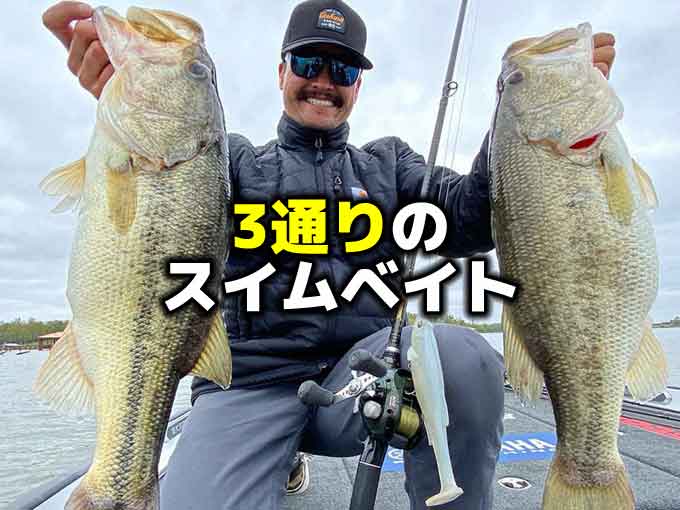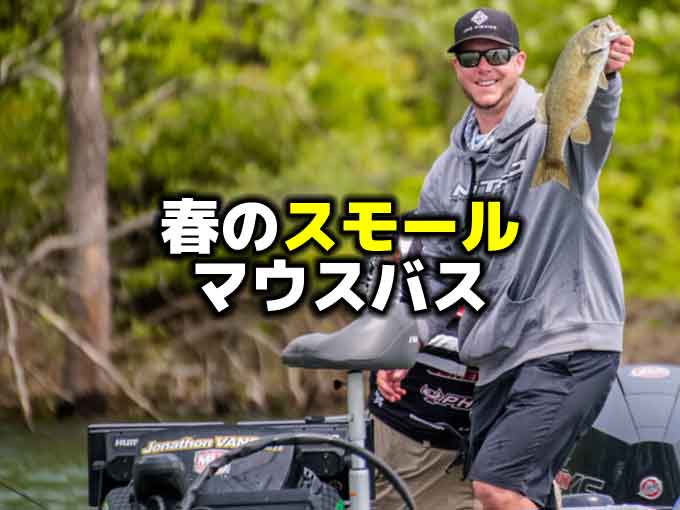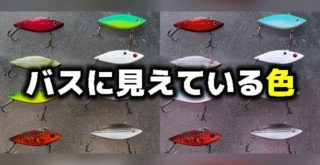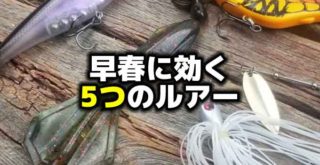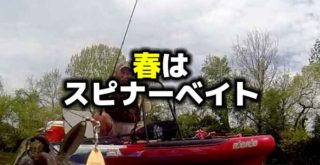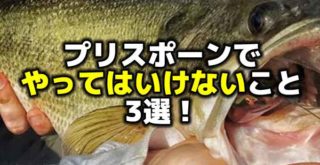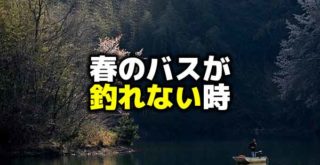バス釣りは水の流れを読むこと

Photo by news.orvis.com
こんにちは!店長の小山です!
本日は海外サイトより、”Tuesday Tips: The Basics of “Reading the Water””という記事を引用してご紹介いたします。
魚釣りというのは、水の中に糸を垂らすものです。
水の中にはそれこそ無限の種類の釣り魚がいまして、どの魚にも適した釣り方があるのが面白いところですよね。
バス釣りに関して言えば、日本にバスという魚は2種類しかいませんが、バスは湖にも池にも川にもいますので、色々な狙い方があることで幅広い楽しみがあるのがいいところのひとつではないかと思います。
バスを釣るには様々なテクニックが必要となります。
テクニックを向上させることでバスに近づくことはもちろんできるのですが、同じくらい「どこで釣るか」ということも重要になります。
湖や池や川、色々なところにいるバスですが、どんなに素晴らしいキャストができるからといって、そこにバスがいなければ仕方ありません。
そしてバスがどこにいるかについては、「水の流れを読む」ことが欠かせません。
この記事は、アメリカのフライフィッシング専門メディア「ORVIS NEWS」の記事で、湖や池や川や海の流れの読み方の基本が書かれています。
フライフィッシングに興味のある方はご存知かと思いますが、ルアーと同じ疑似餌の一種であるフライですが、基本的にフライ単体では動かしてもアクションはしません。
水の流れに乗せたりすることで最大限の効果を発揮するのがフライですので、フライフィッシャーマンは水の流れを読んで魚を探すことに長けているんですよね。
アメリカではバス釣りにも海釣りにも、フライフィッシングが楽しまれていますので、1人の釣り人としてフライフィッシングに学ぶことは大いに参考になるのではないかと思います。
内容は基本的なことだけかもしれませんが、ぜひ読んでみてください。
釣りに必要なものとは
“Reading the water” means being able to determine the most likely places you will find holding or cruising fish, and there are a few basic rules that apply whether you’re fishing a lake, a river, or the ocean. First, be a stealthy observer: as you approach the water, stop well back from the edge until you can be sure that you won’t spook any fish before you get a chance to cast to them. It’s a terrible feeling to watch a big fish swim away and realize that you’ve missed your chance to catch it. Seeing the fish in the water—whether it’s a bass on a bed, a rising trout, or a school of stripers crashing bait—lets you know exactly where to start fishing, so you don’t waste any time prospecting. So take a moment to read the water before you approach it, and you’ll end up catching more fish.
As you survey the water, look for the three things that fish crave: cover, food, and margins. Cover—such as weedbeds, fallen trees, overhanging vegetation, or rocks—offers a safe haven for prey species and a place to hide for ambush predators. Food can be in the form of schools of bait or insects on the water or along the banks. And fish simply love margins: the edges between deep water and shallow water, fast water and slow water, or cover and open water. Wherever there is current, in a river or the ocean, fish will seek places where they can hold in slower water, while allowing faster currents to deliver food to them.
Let’s look at three specific angling situations to see how reading the water can help you plan your angling approach.
「水を読む」ということは、魚がいたり回遊する可能性が高い場所を特定できるということを意味します。湖、川、海のどこで釣るかにかかわらず、基本的なルールというものがあります。まずは、密かに良く観察すること。水辺に近づくときは、魚に警戒されるのを防ぐため、キャストのチャンスが来るまでは岸際に立たないようにしてください。うっかりビッグフィッシュが泳いでいるのを見てしまい、その魚をキャッチするチャンスを逃してしまったと悟った時はもうがっかりします。水中の魚を見つけることは、( それがベッドの上のバスであっても、トラウトのライズであっても、ストライパーバスがベイトの群れを追っているとしても ) あなたが釣りをどこから始めればいいかを正確に知ることができることなので、その調査の時間は無駄になりません。ですから、水辺に近づく前に水を読んでください。そうすれば、もっと魚が釣れるということになります。
水を調査するとき、魚が好きな3つのことを探してください:カバー、ベイトとその周辺です。カバーとは、ウィード、レイダウン、オーバハング、岩などで、ベイト達にとっては安全な避難所であり、待ち伏せ型の捕食者にとっては隠れる場所なのです。ベイトと言えば水面またはバンク沿いにベイトフィッシュや虫が群れを作ります。そして魚はディープからシャロー、速い流れと遅い流れ、カバーとオープンウォーターの境目にいることが大好きなのです。流れのある場所であれば、川だろううが海だろうが、魚はゆっくりした流れの中にいられる場所を探します。その一方で、速い流れが彼らに食べ物を運んできます。
では、あなたの釣りのアプローチの役に立つような3つの具体的なシチュエーションを見てみましょう。
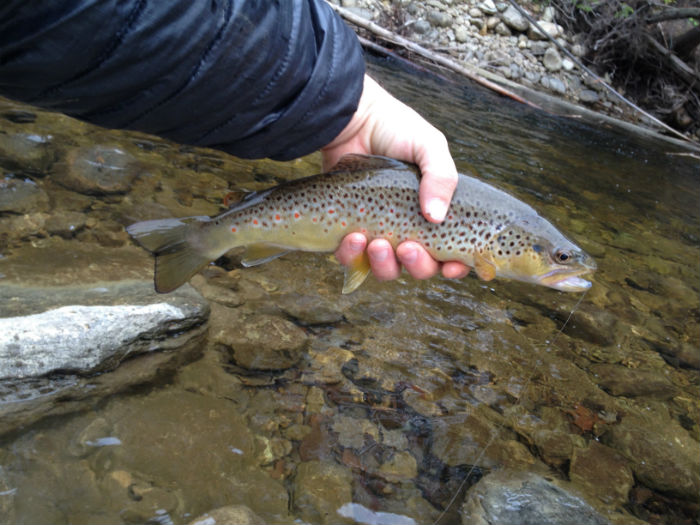
Photo by news.orvis.com
川
Because fish in moving water must expend energy to fight the current, they don’t usually live right in the fast water. Instead, they inhabit lies where they can hold in slower water but have access to the food conveyor belt that the faster water represents. Therefore, anything that offers cover and breaks the current—rocks, woody debris, a bend in the river—offers a potential fish lie. Concentrate your attention on the “seams” between the faster water and slower water, which you can often identify by looking for the line of bubbles on the surface. Since the current near the surface is faster than that on the bottom, deep slots and pools are also good places to fish, and big rocks on the bottom of these deeper spots can hold big fish.
流れの中の魚はその流れと戦うためにエネルギーを費やさなければならないので、通常は速い流れの中には住んでいません。 代わりに、より遅い流れの中にいられつつ、速い流れが水面をベルトコンベアのごとく食べ物を運んでくれる場所に住みたがります。 したがって、岩、沈木、川のカーブなどの流れを遮ってくれるカバーなどに魚が隠れる可能性があります。 速い流れと遅い流れとの間の「境い目」に注意を集中してください。これは、水面にできる泡の線を探すことで確認できます。 水面近くの流れは底よりも速いため、深くなった溝や窪みは魚が住みやすい場所であり、この中でもより深い場所のボトムにある大きな岩は大きな魚がつくようになります。
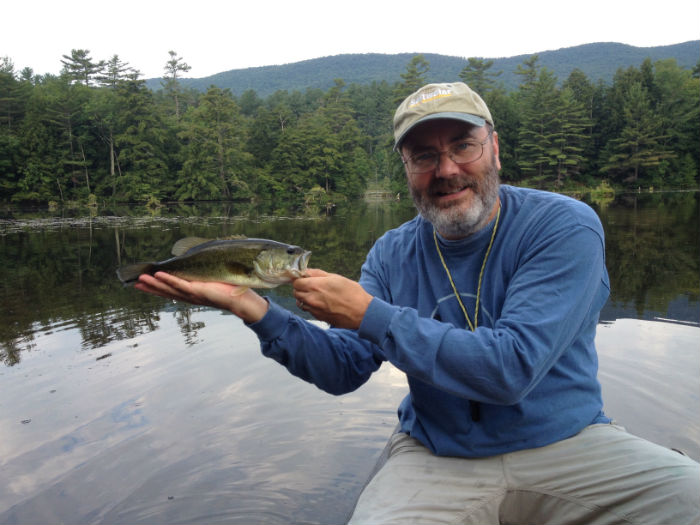
Photo by news.orvis.com
湖や池
When you’re fishing still water from the bank, you don’t have the luxury of cruising from spot to spot find the fish, the way anglers in a boat can, so you want to choose your spot wisely and then wring the most opportunities out of it. Avoid featureless areas with little cover and uniform depth; instead look for weeds and rocks and places where depth changes quickly. If there’s any wind, fish the downwind side of the lake, because wind and waves concentrate food against the shoreline and attract predators, such as bass or trout.
Your first order of business is to identify the best cover, in form of weedbeds, a fallen tree, or rocks. Bass, especially, will hold tight to cover. Next, look for places where shallow water meets deeper water—a sharp drop-off, a submerged point, or a deep channel. The best places to fish are those places that offer both cover and depth change. Cast your flies along the outside edge of a weedbed or the deeper side of a fallen tree to attract the larger fish holding there. When you’re fishing a submerged point, the most productive approach is to fan-cast around the tip of the structure.
岸からの釣りをしているとき、ボートアングラーのように魚を探すためにその場をグルグル回るような贅沢をすることはできませんので、あなたは抜け目なくポイントとタイミングを絞り込んでいかなければなりません。カバーがほとんどなく、深さも変わらない、特徴のない場所は避けてください。代わりに、ウィードや岩、また深さが急激に変わる場所を探します。風がある場合は、風や波が岸に食べ物を寄せ、バスやトラウトなどの捕食者を引き付けるため、風下側を釣ります。
あなたの最初の仕事はウィード、倒木、岩などの最良のカバーを見つけることです。特にバスは、カバーにタイトに付きます。次に、シャローとディープが隣接する場所、つまり急なブレイク、水中岬、ディープチャンネルを探します。釣りをするのに最適な場所は、カバーと深さの変化の両方がある場所です。ウィードのアウトサイドエッジや倒木の奥側にフライをキャストし、そこにいるビッグフィッシュを引き付けます。水中岬で釣りをするときに最も有効なアプローチは地形変化の先端を扇形にキャストすることです。
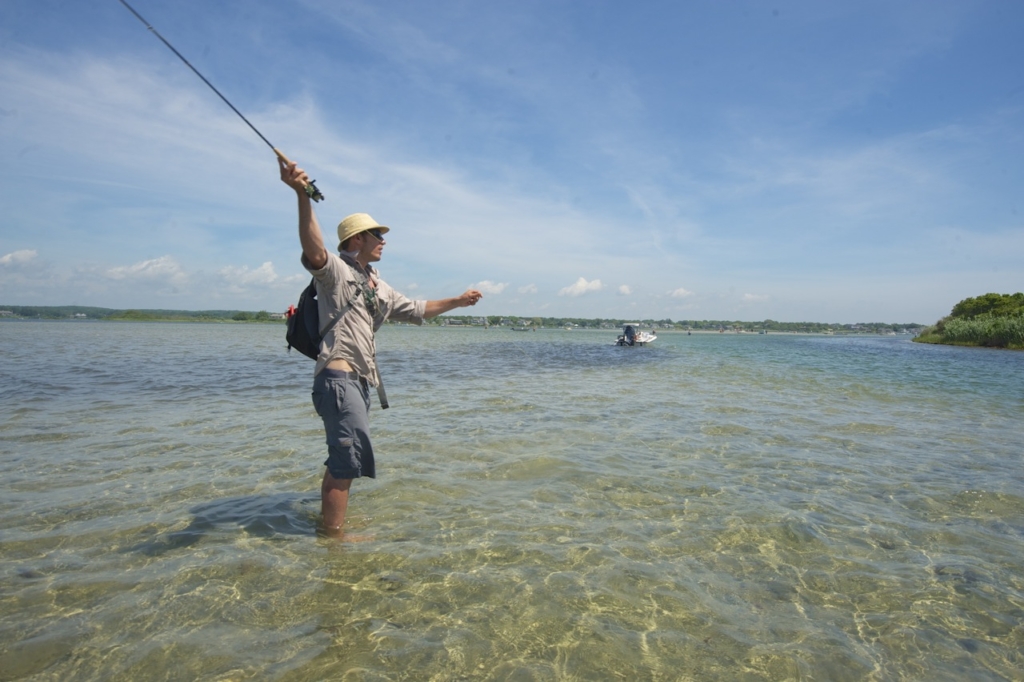
Photo by news.orvis.com
海
Although the ocean can seem featureless at first glance, upon closer inspection you’ll find that all the advice above holds true for salt water, as well. Focus on those places where you find cover, depth change, and tidal currents. A rocky jetty at the mouth of a bay provides all three, for instance. Because species such as striped bass, false albacore, and bonita often chase schools of baitfish, scan the surface for “nervous water,” a sign of bait schooling just below, and watch for birds flocking over a specific spot. Where you find diving birds, you’ll also find fish below.
By spending a few moments reading the water and figuring out where to focus your attention before you start casting, you can become a much more efficient, productive angler.
一見すると海は無関係に思えるかもしれませんが、調べてみると、ソルトウォーターについても上記のことがすべて当てはまることがわかります。 あなたはカバー、深さの変化、潮の流れを見つけたら、それらの場所に集中してください。たとえば湾の入り口にある岩でできた突堤は、その3つすべてが揃っています。 ストライパーバスやカツオ類はベイトフィッシュの群れを追いかけているので、すぐ下にベイトの群れがいることを示す「水面のナブラ」を見つけたり、特定の場所の上に群がる鳥を観察します。ダイビングする鳥を見つければ、その下にも魚がいるでしょう。
キャストする前に水を読み、どこにあなたの注意を集中させるべきかを考えることによって、はるかに効率的で上手な釣り人になることができます。
いかがでしょうか。
バス釣りだけに限らず、あらゆる魚が流れとともに暮らしていますので、流れを無視することはできないんですね。
琵琶湖やリザーバーなどのプロのフィッシングガイドさんのブログなどを見ていますと、堰やダムの放水によって釣果が変わるということが頻繁に書かれていて、それは流れの有無があることで釣果が左右されるということですから、釣りの上手な方ほど、水の流れを意識していることが分かります。
野尻湖のように見た目では流れを感じないタイプの湖でも、この記事に書かれているように風で発生するわずかな水面の流れがあるだけでも、スモールマウスバスの活性はかなり変わるようです。
もっと小規模な池でも同じことが言えるようですので、一見すると流れがないように見えるフィールドでこそ、流れを意識してみると釣果は変わるのではないでしょうか。
流れのある場所でのキーは「境い目」だそうです。
これを忘れず、意識して釣ってみることにしましょう。
それではまた。
毎度ありがとうございます!








